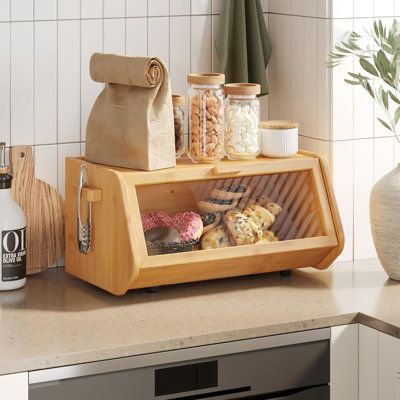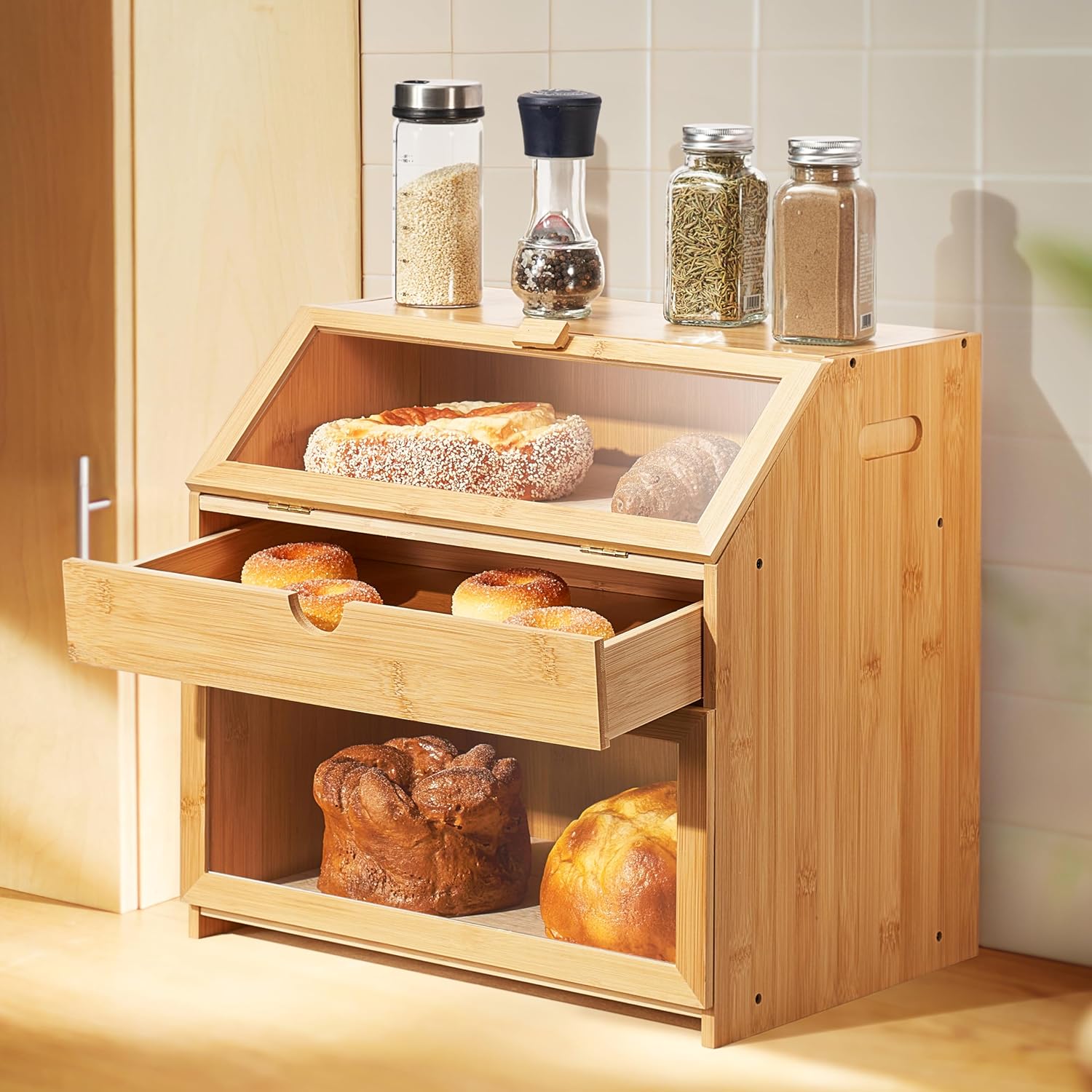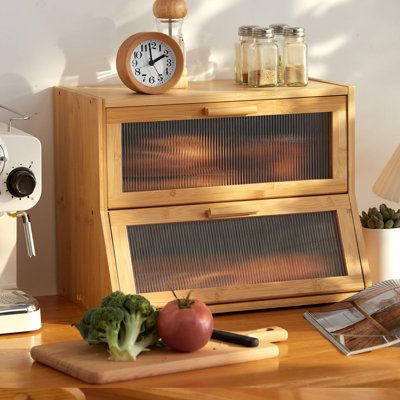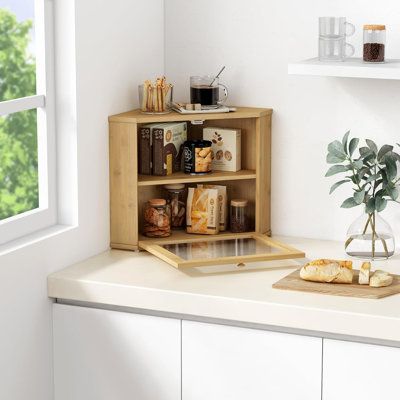Bamboo furniture has gained popularity for its durability, versatility, and sustainability. As consumers become increasingly conscious of environmental impact, bamboo stands out as a renewable resource that offers both longevity and recyclability.
The Lifespan of Bamboo Furniture
Bamboo is one of the fastest-growing plants, often reaching maturity in just 3-5 years. This rapid growth rate makes it an ideal material for sustainable furniture production. Bamboo furniture is known for its resilience, often lasting for decades with proper care. The lifespan of bamboo furniture can range from 10 to 15 years or more, depending on the quality of the material and maintenance practices.
Bamboo’s natural properties, such as its high tensile strength and resistance to moisture, contribute to its durability. However, like any organic material, it can degrade over time if exposed to harsh conditions. To extend the lifespan of bamboo furniture, it’s important to keep it away from direct sunlight, excessive moisture, and extreme temperatures. Regular cleaning with mild soap and water, along with periodic oiling or waxing, can help maintain its appearance and strength.
Recycling Bamboo Furniture
One of the significant advantages of bamboo furniture is its recyclability. Unlike traditional wood furniture, bamboo is a grass, which means it can be broken down and repurposed more easily. When bamboo furniture reaches the end of its useful life, it can be recycled in various ways:
- Repurposing: Old bamboo furniture can be repurposed into new items, such as shelving, decorative pieces, or even outdoor garden structures. Creative DIY projects can give new life to worn-out furniture.
- Recycling Centers: Many recycling centers accept bamboo products. Bamboo can be processed into mulch, biomass, or new materials for furniture production. It’s crucial to check with local recycling facilities to ensure they accept bamboo.
- Composting: Bamboo is biodegradable, meaning it can be composted. Broken or unusable bamboo furniture can be shredded and added to a compost pile, where it will decompose over time, enriching the soil.
- Donations: If the furniture is still in decent condition but no longer fits your needs, consider donating it to charities, shelters, or community organizations. This helps extend its lifecycle and reduces waste.
Environmental Impact
Bamboo furniture is a great choice for those looking to reduce their carbon footprint. Bamboo plantations absorb carbon dioxide and release 35% more oxygen into the atmosphere than equivalent stands of trees. Moreover, bamboo requires fewer pesticides and fertilizers compared to traditional wood, making it a greener alternative.
Choosing bamboo furniture and recycling it at the end of its life cycle contributes to a more sustainable and environmentally friendly lifestyle. It’s a small step towards reducing waste and conserving natural resources, ensuring that future generations can enjoy the benefits of our planet.
The lifespan and recyclability of bamboo furniture make it an excellent choice for eco-conscious consumers. With proper care, bamboo furniture can last for years, and when it’s time to replace it, recycling options abound. As sustainability becomes more important in our daily lives, bamboo furniture provides a practical and responsible way to furnish our homes.
Post time: Aug-26-2024









